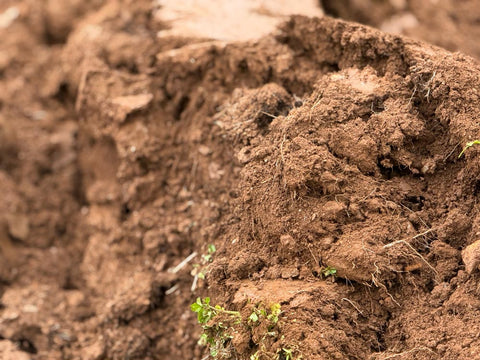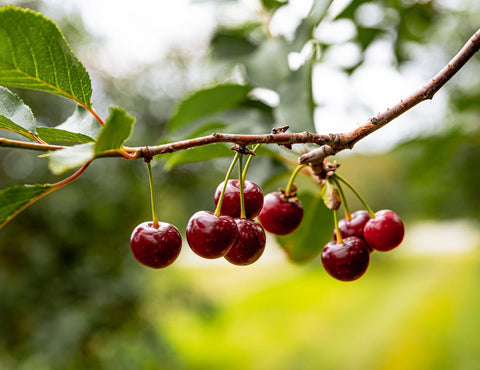With the arrival of spring, the earth awakens from its winter rest and begins a new agricultural cycle. In mountain areas, winter represents a mandatory pause for the soils, which remain at rest due to climatic needs. Frost and precipitation contribute to a natural regeneration of the soil, preparing the ground for spring tillage.
One of the first interventions of this new season is precisely plowing, a fundamental operation for field preparation. Today, in modern agricultural practices, plowing is mainly used to work the hard soils for a long time, where soil compaction and the presence of roots, ferns, and other organic material require a more incisive action. This process brings heavy organic matter to the surface, improving aeration and facilitating the natural decomposition of these elements, which enrich the soil and make it more fertile.
However, when the soil is not too compact, less invasive techniques like subsoiling or other conservation tillage methods. These methods better preserve the soil structure, avoiding excessive disturbance of fertile layers and contributing to more sustainable land management.
The importance of plowing for hard soils should not be underestimated: it breaks the surface crust, improves water penetration, and promotes proper crop growth. In mountain lands, where soil fertility heavily depends on careful management of tillage, choosing the right technique is essential to obtain healthy and abundant harvests.
With plowing, the new agricultural season begins: a moment of renewal, preparation, and hope for those who work the land. Now the soil is ready to welcome new crops, in a cycle that continues year after year, respecting nature and its timing.



Comments (0)
There are no comments for this article. Be the first one to leave a message!